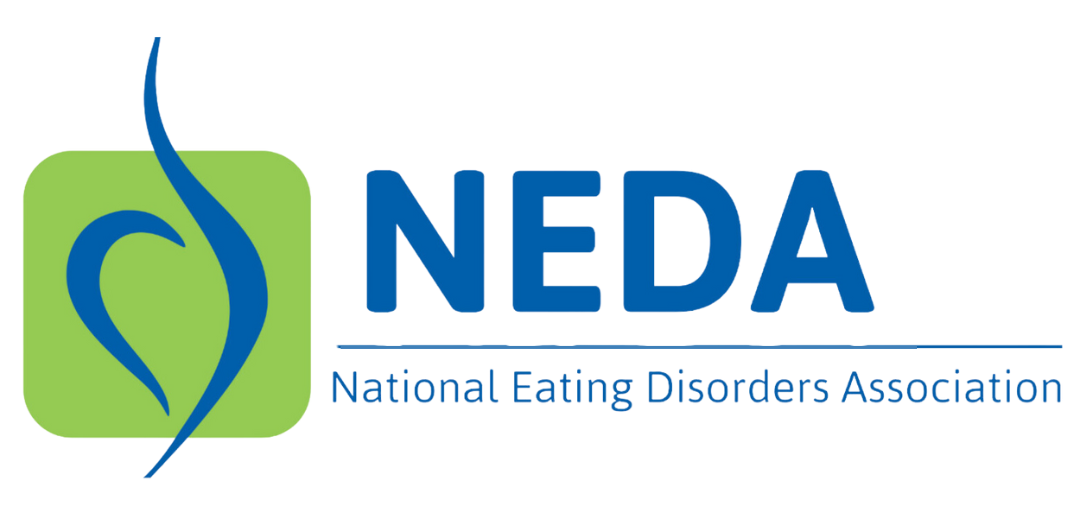Find Treatment
If you’re looking for eating disorder treatment providers in your area or online you can find provider listings on the following websites:
The information in these listings are from the providers and are not endorsements or recommendations. If you are experiencing suicidal thoughts or a mental health crisis, call or text Suicide and Crisis Lifeline: 988 or text Crisis Text Line: “HOME” to 741-741.
NEDA Treatment Map
NEDA’s interactive treatment map connects those affected by eating disorders with specialized treatment. Simply enter your location in the search bar to find treatment centers and individual providers in your area or online.
Fay
Fay helps you find eating disorder treatment covered by your insurance and delivered by vetted Registered Dietitians. Please note Fay Nutrition is a NEDA sponsor. Please note Fay Nutrition is a NEDA sponsor.
Equip
Equip is a virtual eating disorder treatment program built by clinical experts in the field and people with lived experience. Equip delivers at-home, evidence-based treatment to patients of all ages through a multidisciplinary care team. Please note Equip is a NEDA sponsor.




